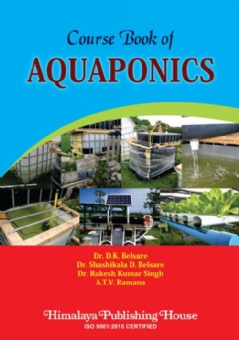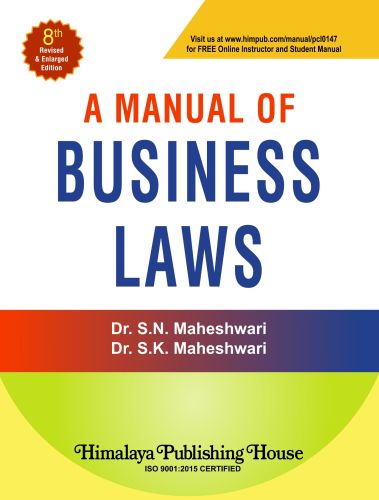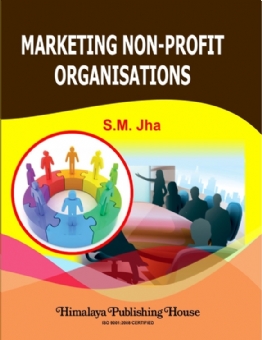The Aquaponics is the only farming system that guarantees food security for the present and the future generations. It is environmental friendly and economically viable technology, not only for the developing, but also for the developed countries of our planet. This technology has the advantages like economic benefits, community upliftment, most adaptable farming method, food security, environmentally friendly, reduces the reliance on the traditional supply chain, market loyalty, green education for farming in peri-urban and urban areas, less time-consuming and can produce premium quality food. It is the technology of the development and would bring green revolution in the 21st century. In draught-prone areas, it is the ‘Oasis in Desert’.
This Course Book will help in training farmers as well as teaching students right from high schools, colleges, institutions and universities. It would help the policy makers, corporators, government administrators and NGOs.
Aquaponic system design and application can be considered as a highly multidisciplinary approach drawing from environmental, mechanical and civil engineering design concepts as well as aquatic and plant related biology, biochemistry and biotechnology. A farmer must know the automatic control and computer science education to run the sustainable aquaponic farm for more profit.
This book will be useful for courses in agriculture, environmental science, biology, life science, mechanical and civil engineering design concepts as well as to aquatic, plant related biology, microbiology, biochemistry and biotechnology, computer science, commerce, economics and social sciences.
Contents –
1. Introduction
2. Aquaponic Systems
3. The Science of Plant Growth
4. Nutrition and Controlling Growth
5. Selecting and Managing Animal Production, Fish and Crustaceans
6. Plant Culture
7. Green House Management
8. Management of Aquaponic Farms
9. Problems and Solutions in Aquaponic Farming
10 Socio-ecological and Economic Challenges of Aquaponic System
11 Marketing the Aquaponic Products
References
Appendix






